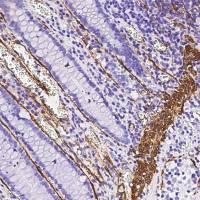A great number of molecules are constantly being exchanged between the nucleus and the cytoplasm via nuclear pore complexes (NPCs). Importantly, this nucleocytoplasmic trafficking is used to transfer information between the two compartments, thereby permitting the manipulation of critical nuclear processes such as transcription. Constant shuttling of actin is an example of the versatility of this regulatory avenue, as this protein has the capability to drive the transcriptional activity of certain gene sets as well as influence transcription on a global scale. Nuclear import and export are extremely dynamic phenomena and require imaging tools capable of rapid sampling rates for proper quantitative observation. Here we describe live-cell imaging assays based on fluorescence recovery after photobleaching (FRAP) and fluorescence loss in photobleaching (FLIP) for monitoring both import and export of fluorescently labelled molecules. Our assays are performed with GFP-actin, but the same principle is applicable to most proteins shuttling between the nucleus and the cytoplasm. Furthermore, these assays may also expose novel qualities of the intranuclear dynamics of a protein, which can polymerize or partake in complexes, because such behavior is mirrored in the nuclear retention of the protein detectable by both import and export assays.






